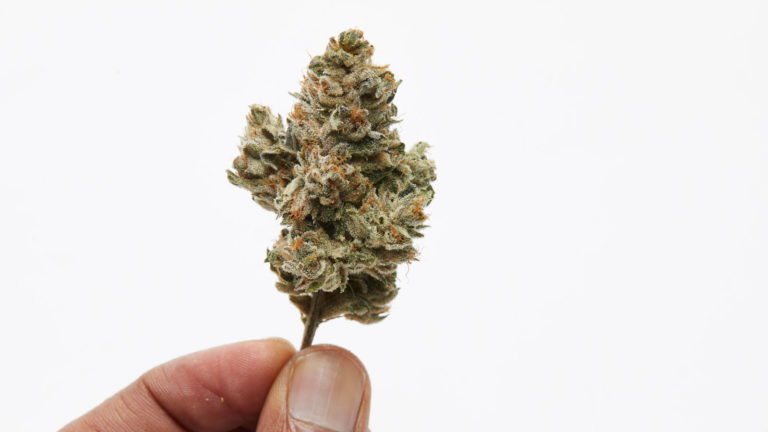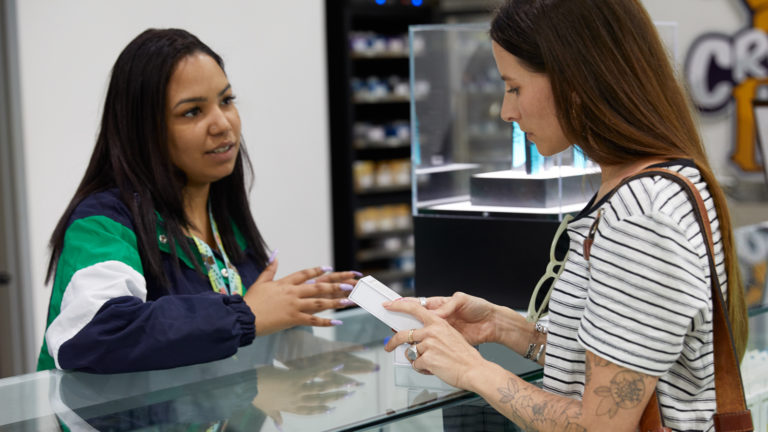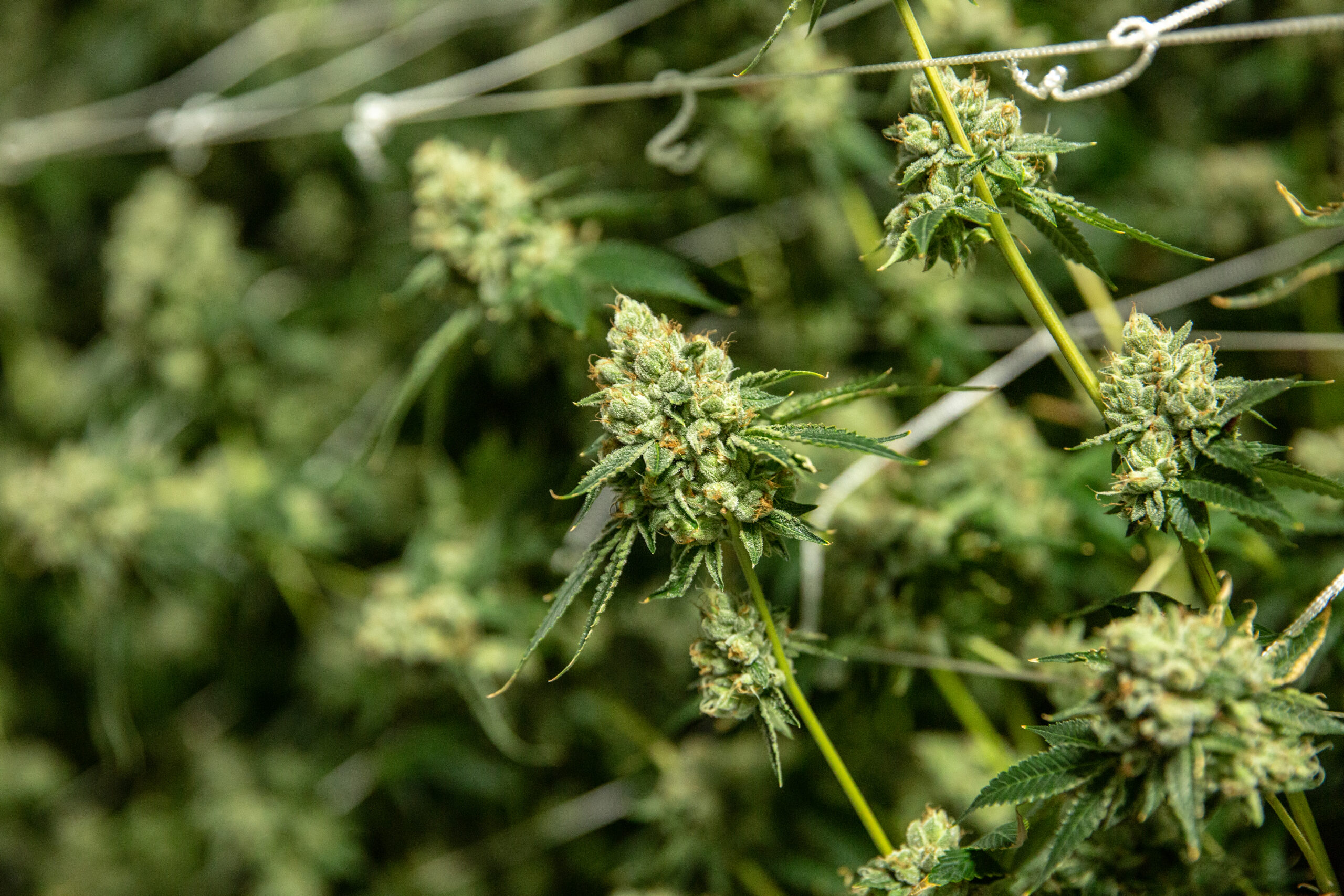Just like organically grown produce, we also covet organically cultivated cannabis. Recent health scares arising from toxic additives to weed serve to reinforce the importance of consuming clean cannabis.
Unlike other crops, however, the federal government doesn't recognize cannabis as legal. While fruits and vegetables grown in organic conditions can earn the US Department of Agriculture (USDA) organic certification, there's no federal equivalent for cannabis.
Discerning consumers, however, want to confirm the provenance and quality of their cannabis and its impact on the environment. The Clean Green Certification Program was developed in 2004 to fill the certification void in the cannabis market by holding it to exacting standards.
What does Clean Green Certified mean?
The Clean Green Certified designation provides consumers with assurance about the sustainability of the conditions in which the product was grown, the care of plants as they grew, and how the crop has been processed and stored. Products bearing the logo assure consumers that the cannabis they're buying has been kept clean and sustainable throughout the supply chain, from seedling to store. There are separate certification processes for both growers and processors.
 Photo by: Gina Coleman/Weedmaps
Photo by: Gina Coleman/WeedmapsImage lightbox

The cannabis program was developed by Chris Van Hook, a former attorney who worked in the USDA national organic program. Van Hook noticed the need for a comprehensive regulatory system to certify organic cannabis farms and founded the Clean Green Certified program.
The program is the longest-running cannabis certification program in the world and the largest cannabis certification program in the US. Van Hook has recently developed a sister certification, Clean Green Certified Vegan, for growers who use exclusively vegan inputs and growing processes.
What's the process for getting Clean Green certification?
Like any rigorous organic certification program, achieving Clean Green Certified status doesn't come easy. Candidates must specify if they are cannabis farming, processing, or handling products, or companies supporting the organic cannabis industry.
“The process includes the completion of an application, intensive crop/facilities/operation inspection, and the performance of mock exercises,” explained Cristina Buccola, an expert in cannabis law and regulatory programs. Only companies licensed by their state are eligible for inspection.
The application process for cannabis farmers has three key stages:
Legal compliance
In this stage, growers meet with compliance attorneys to discuss how to achieve compliance on their site. The attorney also reviews the record-keeping system and carries out practice recall and trace exercises to ensure the facility can keep track of the cannabis it produces and prevent contamination.
Cultivation methods
Certification also requires applicants to provide thorough details about how their crops are grown. Candidates must supply details about the source of water and electricity, soil erosion, border areas around the cultivation site, and pesticide use.
When the application has been completed, a certifier from the program inspects the crops. The certifier reviews all the grower's inputs with a fine-toothed comb, including all fertilizers, pest control sprays, and soil amendments used on the farm.
Soil inputs are allowed in the Clean Green Certified program, but they must be approved.
Agricultural inspection
In this component of the program, the health of growing plants and the cultivation area come under scrutiny. The plants are checked for mold, mildew, pests, and other issues such as excess dirt, manure, or wind-borne dust that may cause contamination. The representative also takes samples from the plants and sends them to qualified laboratories to check for contaminants.
The area that the plants are growing in is closely examined. The inspection then moves to the processing room, ensuring that the facility is clean and the harvested cannabis is stored in a way that prevents degradation or contamination.
The Clean Green certification and digital logo are only issued to cannabis growers who have met all the stipulated regulations and have proven themselves to be dedicated to high-quality organic cannabis and environmental stewardship. The certification lasts for one year.
How do consumers and the environment benefit?
People have long looked to organic products for both environmental and personal health reasons.
“Many consumers look for an 'organic' label as an assurance that a grower or processor follows clean practices, rejects certain pesticides and genetic engineering, and takes energy, water conservation, and other environmental concerns into account,” explained Buccola. “When a consumer sees the 'USDA organic' or 'USDA certified organic' label, she can rest assured that the organic growing standards set by the US Department of Agriculture (USDA) have been followed.”
None of these labels are available to cannabis containing more than 0.3% THC. The federal government does not recognize cannabis as a legal crop due to its current status under the Controlled Substances Act.
“There are cannabis products on the market that bear the word 'organic,' but this label can be meaningless and misleading,” said Buccola. “This is where the Clean Green certification takes up the slack. It applies USDA-certified organic standards to cannabis products and guarantees that organic farming practices have been used.”
Consumers can rest easy knowing that their cannabis purchase has been cultivated in an environment with approved soil amendments that promotes healthy bird and insect life and honors the health of their body.
How can you shop for certified products?
Like most certifications, you simply need to look for products bearing the logo at your local dispensary or online. Rest assured, growers and processors who have earned this distinguished certification will be shouting it from the rooftops.
 Photo by: Gina Coleman/Weedmaps
Photo by: Gina Coleman/WeedmapsImage lightbox

If you're curious to see if your favorite brand meets the Clean Green criteria, check out the Clean Green Certified member directory. This comprehensive resource lists producers, processors, and dispensaries that have achieved the coveted certification.



